The biggest mistake you make before turning 65: you fail to plan for a future nursing home stay or other long-term care need.
We are about to experience – some say we’re already experiencing – the biggest workforce shift from full time work to retirement in United States history. If you’re a Baby Boomer, you are a part of this generational transition. If you can see retirement on the horizon, then I have a warning for you: there’s a train following close behind retirement that you absolutely must plan for: nursing home care.
 Maybe you think “the biggest mistake you make before turning 65” is too alarmist, even ‘click bait.’ Well, it’s not. The cost of nursing home care has increased faster than the national annual inflation rate for the last five years, averaging 4% per year according to Genworth Financial. If that rate continues, the cost of nursing home care could reach or exceed $115,000 in the next 15 years.
Maybe you think “the biggest mistake you make before turning 65” is too alarmist, even ‘click bait.’ Well, it’s not. The cost of nursing home care has increased faster than the national annual inflation rate for the last five years, averaging 4% per year according to Genworth Financial. If that rate continues, the cost of nursing home care could reach or exceed $115,000 in the next 15 years.
It’s no surprise, then, that Caregiver.org, documents research suggesting that, under current conditions, many retirees will face serious problems getting needed long-term care services in the future: “By 2030, many retirees will not have enough income and assets to cover basic expenditures or any expenses related to a nursing home stay or services from a home health provider.”
Now, that’s all very bleak. Doom and gloom. But consider the phrase “under current conditions.” Currently, people aren’t planning. People aren’t even saving. And that’s the biggest mistake you shouldn’t make before turning 65: don’t fail to plan for a future nursing home stay or other long-term care need.
“By 2030, many retirees will not have enough income and assets to cover expenses related to a nursing home stay.”
Failing to make a plan puts control over your care in the government’s hands. Without a plan, the number of options available to you will rapidly diminish as you approach the point of needing long-term care.
But you’re on top of things. You know the solution: keep control over your care and its cost by making a plan for paying for that care. It’s not just a question of how much you save; your plan can and should involve multiple tools, including health insurance, long-term care insurance, and Medicaid, along with your personal savings.


